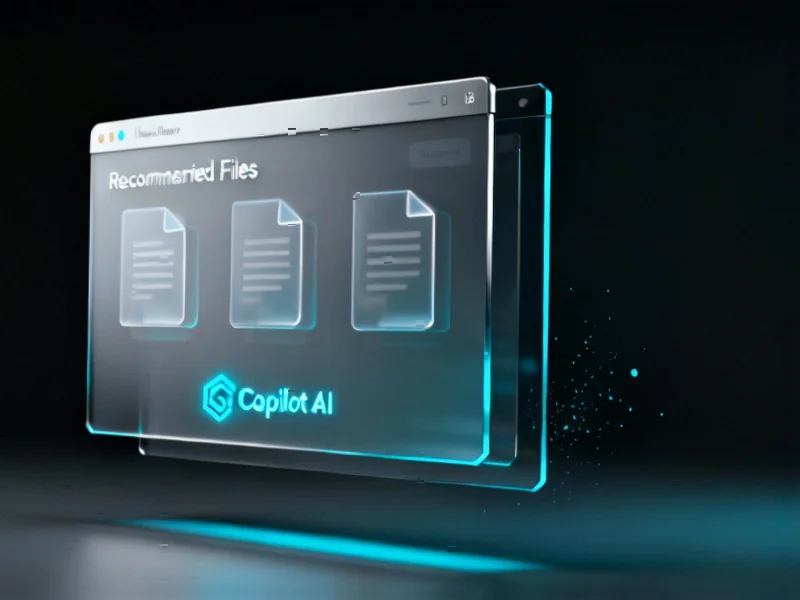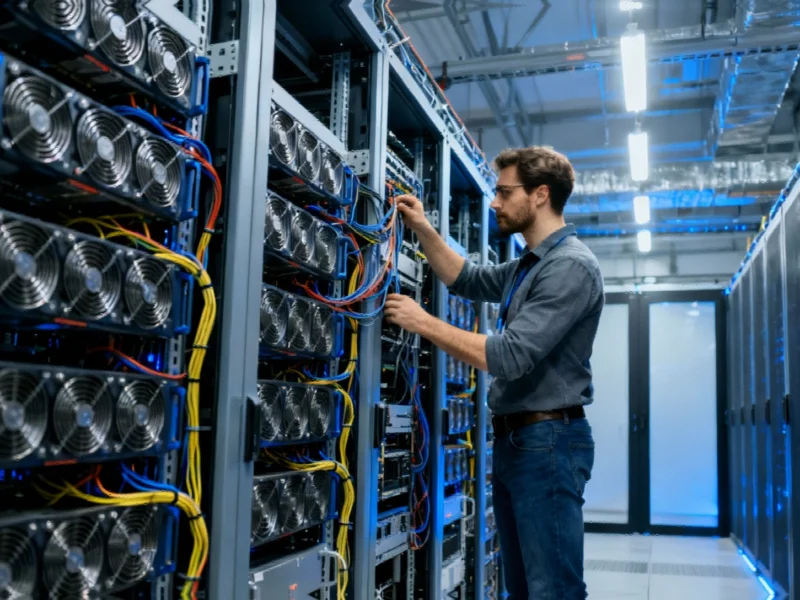According to Forbes, global insured losses from natural disasters reached about $80 billion in the first half of 2025 alone, with wildfires representing a significant portion of these costs. In October 2025, Tel Aviv-based FireDome demonstrated an AI system that can detect and suppress small flames within seconds using sensors and machine learning models trained on millions of wildfire images. The system triggers precision-launched capsules filled with water or eco-friendly retardant, representing what CEO Gadi Benjamini called a “turning point” toward “wildfire Resilience-as-a-Service.” While the technology shows promise for acting before human responders arrive, questions remain about reliability in unpredictable conditions and safe integration with human firefighting crews. This emerging technology signals a fundamental shift in how we approach climate adaptation.
From Prediction to Intervention: The Next Phase of Climate Tech
What FireDome represents isn’t merely incremental improvement—it’s a paradigm shift in disaster response technology. For decades, the focus has been on better prediction: more sophisticated satellite monitoring, improved weather modeling, and earlier detection systems. These were essentially warning systems that still relied entirely on human response. The move toward autonomous intervention marks a fundamental rethinking of the problem. Instead of just telling us when disaster is coming, technology is now being asked to meet the threat directly. This mirrors broader trends in climate adaptation technology where passive monitoring is giving way to active intervention systems across multiple domains from flood control to coastal erosion management.
The Insurance Industry’s Dilemma: Risk Modeling in Real Time
The insurance implications of this technology are profound and extend far beyond simple premium adjustments. Traditional insurance models rely on historical data and probabilistic risk assessment—essentially betting that not all insured properties will burn simultaneously. Autonomous suppression systems create a new variable: real-time risk mitigation that could fundamentally alter loss curves. This could lead to what industry experts call “dynamic risk pricing,” where insurance terms could theoretically adjust based on the presence and effectiveness of these protection systems. The Insurance Information Institute has documented the growing strain on insurers in wildfire-prone regions, creating strong market pressure for technological solutions that can demonstrably reduce losses.
The Scaling Problem: From Test Sites to the Real World
The most significant challenge facing these systems isn’t technological feasibility but scalable deployment in complex environments. Controlled demonstrations prove concept, but wildfires don’t occur in controlled conditions. Real-world deployment must account for variable terrain, shifting wind patterns, interference from wildlife, and the chaotic nature of fire behavior itself. Unlike industrial robotics operating in structured environments, these systems must navigate what military strategists call the “fog of war”—the uncertainty and confusion inherent in dynamic situations. The transition from successful prototype to reliable field deployment will require solving problems of maintenance, power supply, environmental durability, and system redundancy that test sites simply cannot replicate.
The Future of Firefighting: Redefining Human-Machine Partnership
Perhaps the most intriguing long-term implication is how these systems will reshape the very nature of emergency response. We’re not looking at replacement of human firefighters but the emergence of a new kind of distributed response network. Human crews will increasingly function as system managers, strategic coordinators, and complex problem-solvers while automated systems handle initial containment and protection of critical infrastructure. This represents a fundamental reallocation of human capital in emergency services—moving skilled personnel from immediate danger to supervisory and strategic roles. The U.S. Fire Administration has been studying these workforce evolution patterns for years, recognizing that technology will inevitably change how fire services are structured and deployed.
The Coming Regulatory Battle: Who Certifies Autonomous Safety?
As these systems approach commercial deployment, we’re heading toward a significant regulatory frontier. Currently, no established framework exists for certifying the safety and reliability of autonomous disaster response systems. Traditional product safety standards don’t account for machine learning systems that evolve over time, nor do they address the complex liability questions that arise when algorithmic decisions have physical consequences in emergency situations. The development of appropriate certification standards will likely involve multiple agencies including fire safety authorities, environmental protection agencies, and technology standards bodies—creating a regulatory challenge as complex as the technology itself.
Beyond Wildfires: The Template for Climate Adaptation
The significance of autonomous wildfire systems extends far beyond fire management. They represent a template for how AI and robotics might address multiple climate-related challenges. The same principles of rapid detection, autonomous response, and continuous learning could be applied to flood control, storm surge protection, and even agricultural disaster management. What we’re witnessing is the beginning of what might be called “ambient infrastructure”—systems that monitor and respond to environmental threats as they emerge, creating a responsive layer of protection integrated into our physical environment. This represents a fundamental reimagining of how we build resilience in an increasingly volatile climate.




